Staff picks: Our favorite stories of 2021
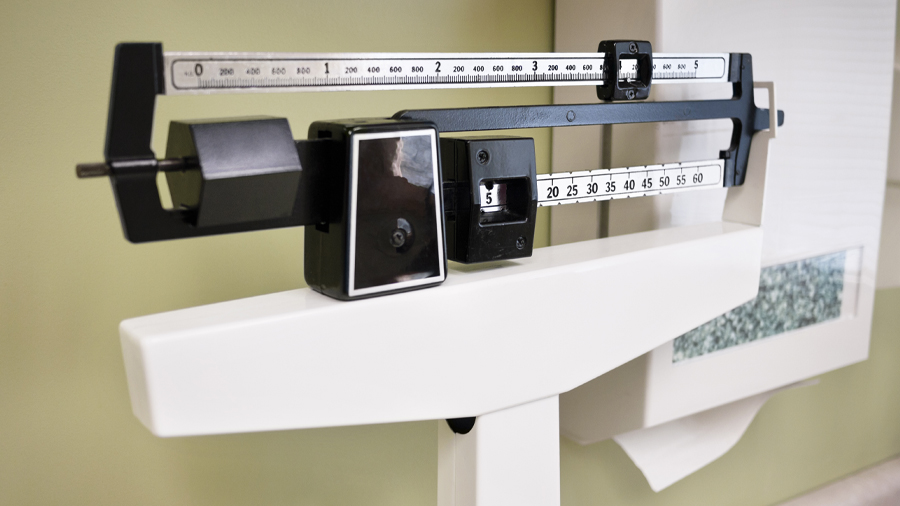
Putting body weight in context
Becoming suddenly chronically ill in my 30s absolutely radicalized me. I think that’s pretty common: Once you’re really in the thick of the medical industrial complex, you realize how messed up it is. I suspect that’s why a Twitter thread by the writer of this article, Robert Rosencrans, caught my eye. He was going on about how fatphobia is baked in — to medicine and research. And it triggered memories of being told by doctors and well-meaning acquaintances to lose weight — weight I’d gained from high-dose prednisone intended to put the brakes on my muscle-wasting disease. They’re lucky I didn’t have the strength to brush my own hair, or I might have murdered them. Anyway, I reached out to Rosencrans and asked him to expand his thread into an essay. And, wow, he really nailed it. It was perfect for our Reimagining issue. — Angela Hopp, executive editor
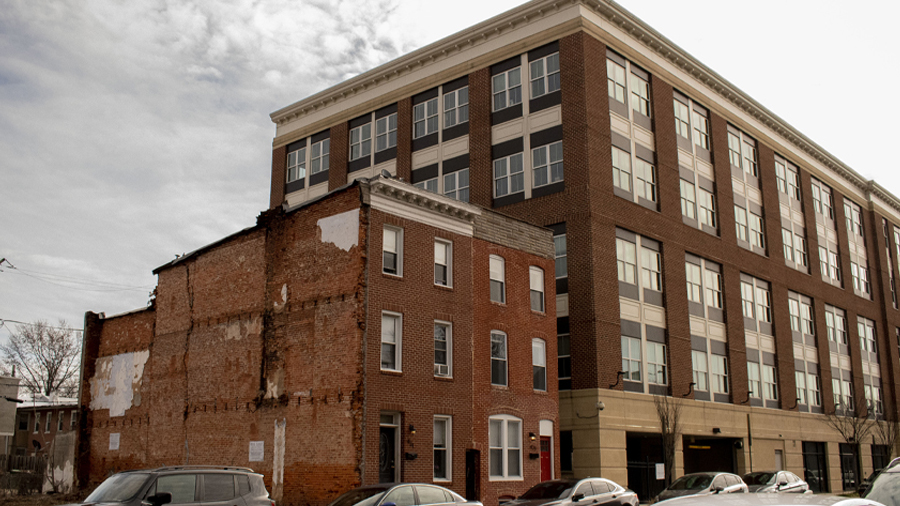
Can urban universities be better neighbors?
I never attended a big urban university, but even at my very small college in a small-ish city we had some town–gown tensions. And I’ve certainly heard and read about how fraught circumstances become when a wealthy institution is surrounded by neighborhoods beset by poverty, underemployment and crime. So I was gratified when we decided to look into what kind of neighbors universities are — and whether there’s any hope for that academic–urban divide. — Comfort Dorn, managing editor
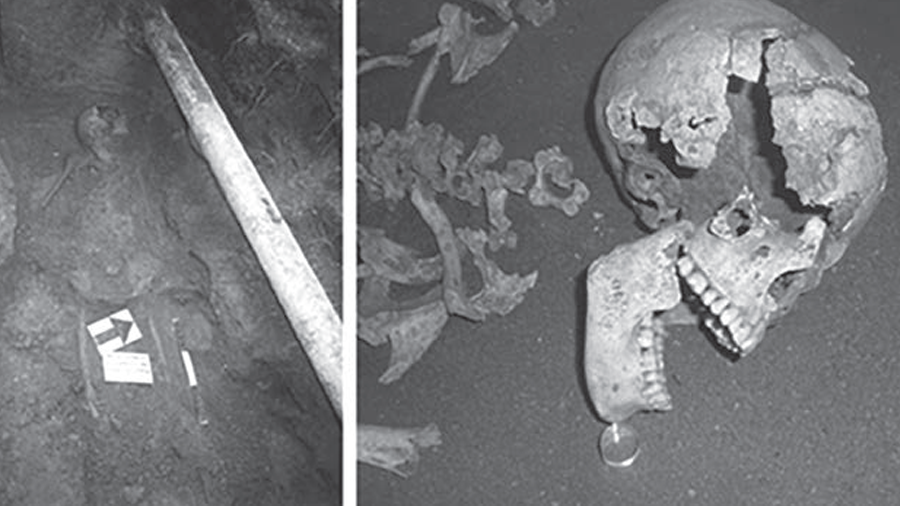
Let there be bread. Or not bread, please.
A mysterious malnourished skeleton and illness lurking in a breadcrumb. I found this meditation, written in honor of World Food Day, on how decades of research have transformed celiac disease from a death sentence into a livable, if disruptive illness, very moving. — Laurel Oldach, science writer

Redirecting my COVID-19 anxiety into service
In this article, Allie Smith writes about how they channeled their anxiety about teaching remotely during the pandemic into starting a program to support students who didn’t have access to technology. I have anxiety too, and so often news of the pandemic is terrifying and discouraging. It’s wonderful to see stories of how others are coping and supporting their communities. It reminds me to shift my focus from the dread to the hope. Thank you, Allie, for sharing this! — Ally Frick, social media & multimedia content manager

Dreaming of Western blots
Mindy Engevik won second place in our “Aha Moments” essay contest this year, but she won the top spot in my memory bank. We asked for short pieces, and hers is only about a dozen sentences. But, in her brief story, she captures both the horror of dreaming about the problems plaguing us and the job of solving them while we sleep. — Angela Hopp, executive editor

Hell, heaven, a whale and me
Articles and essays in ASBMB Today almost always make me think and sometimes make me cry a little, but this is the only one that I can think of that’s ever made me laugh out loud (on purpose). I spent four formative undergraduate years wrestling with so-called “great books” so I readily identified with this droll account of reading Moby Dick and Paradise Lost during the pandemic. — Comfort Dorn, managing editor

Researchers find a cell surface decorated with sugar-coated RNAs
The observation of cell-surface glycoRNAs was one of the most unexpected this year. Ankita Arora brought us the story behind the discovery. — Laurel Oldach, science writer
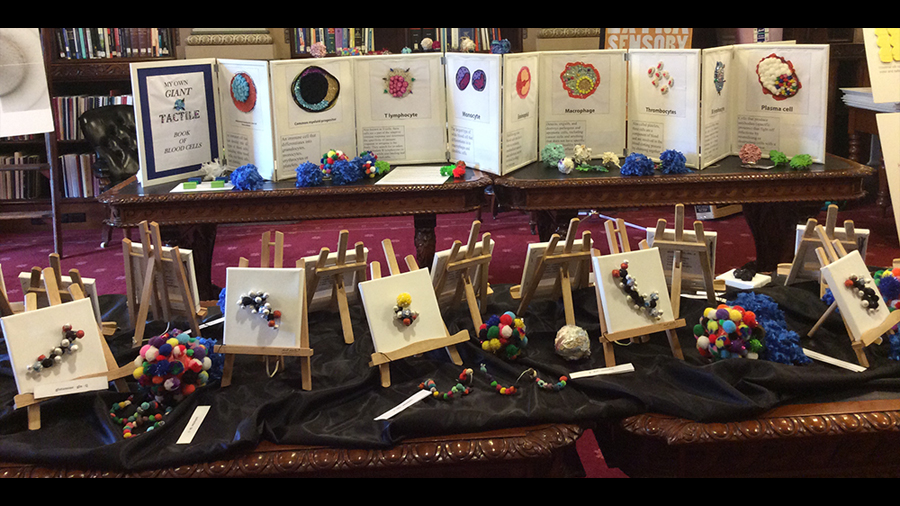
Unraveling the mind’s eye — science through a novel lens
It’s so neat to learn how others experience the world, and I loved reading Kamalika Saha’s article about artist Erica Tandori. Tandori, who has a form of macular degeneration, creates tactile 3D models to communicate biomedical research. One example of her work, which is included in the article, shows what a Vegemite jar looks like to Tandori. It’s such a clear firsthand perspective into another’s view of the world, and I found it to be a beautiful reminder of how to seek connection with others. — Ally Frick, social media & multimedia content manager

The evolution of proteins from mysteries to medicines
When I decided the magazine should participate in various health observances a few years ago, I started with pretty basic ones: months and days focused, for example, on breast cancer, stroke and Alzheimer’s. As time went by, things got a little dull. Having done all the easy stuff once and maybe even twice, I decided we needed a reboot. I added cultural observances, silly observances and, long overdue, scientific observances. I had no idea how to narrow down National Protein Day into a digestible nugget, but Ken Hallenbeck did. He found a receptive editor in me when he submitted this piece about using proteins as medicine, because, well, a monoclonal antibody (rituximab) actually saved my life. — Angela Hopp, executive editor

Science is a human endeavor
A very different example of the rewards of the ASBMB Today inbox, this essay takes a haunting look back at one researcher’s quest to solve a scientific problem and the friends he made and lost along the way. The power of this one really sneaks up on you. — Comfort Dorn, managing editor
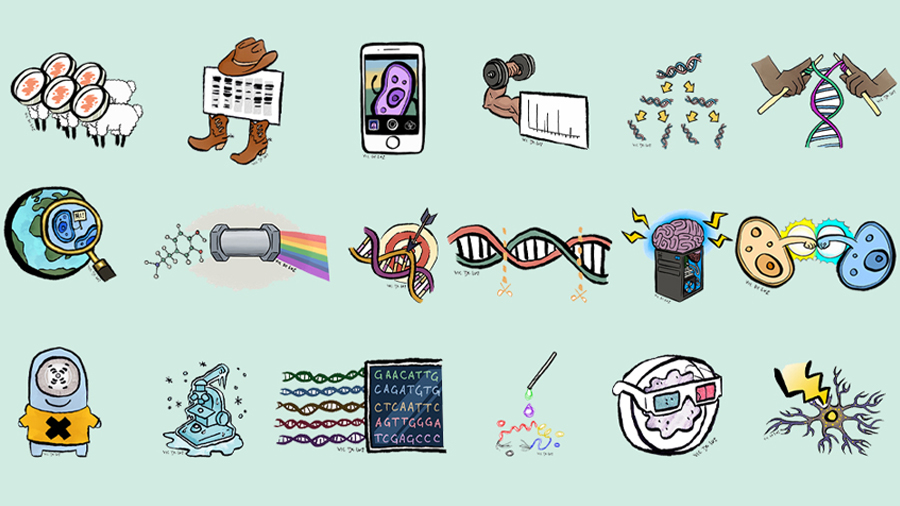
Picture this: The 2nd annual JBC Methods Madness tournament
I love a strong visual element, and I love a pun. So a cartoon that depicts “cryo-EM” as an old-fashioned compound microscope encased in ice will win my heart every time. A companion essay by Comfort Dorn perfectly captures how delighted we on the AToday team were to learn that a colleague was secretly harboring this artistic talent. — Laurel Oldach, science writer

On-the-bench training
I think ASBMB Today offers truly valuable, one-of-a-kind information on career opportunities through Q&As, personal essays and feature articles like this one, which explores apprenticeship opportunities in biotech. — Ally Frick, social media & multimedia content manager

A very delicate balance
ASBMB Today staff writer Laurel Oldach knows how I feel about prions. They’re my favorite bio things — because they’re so incredibly terrifying. (Blame Richard Preston for instilling in me a fascination with nature’s most evil agents.) So it was a no-brainer that I was going to dig her pitch about the molecule known as PIKfyve (sounds like “pick five”). Maybe it’ll stall neurodegeneration seen in Alzheimer’s. Then again, maybe it’ll turn patients’ brains into spongey messes. I could not resist its duality. — Angela Hopp, executive editor

Deadlifts and deadlines
We honestly never know here at ASBMB Today what we’ll find in our inboxes. This thoughtful and entertaining essay about the joys of weightlifting while working toward a Ph.D. is a great example of that. It was such a pleasant surprise, and the author was a joy to work with. — Comfort Dorn, managing editor

Cholesterol lessons from bears
Here’s a question I had never pondered before: Why don’t bears, with their annual cycle of fattening up followed by several sedentary months, risk heart disease? The answer comes down to intermolecular interactions between lipoproteins and the arterial wall. I look forward to the translation of these findings so that I, too, can hibernate through the winter. — Laurel Oldach, science writer

Personal chemistry: Proteomics tackles privacy concerns
I thought this piece was fascinating. Laurel Oldach gave a thorough and thoughtful overview of how scientists are using open proteomics data and what that could mean for personal privacy. I’m not a scientist, and I really think this is one of the best pieces of science writing I’ve read. Imagine a wall of TVs, and then someone pushed pause on all of them at the same time and transported you into the show running on each for a behind-the-scenes look at each episode — that’s how it feels to read this article! — Ally Frick, social media & multimedia content manager

Wait, Ph.D.s are free? And other things they don’t tell you
ASBMB Today academic careers columnist Elizabeth Stivison is one of the most sincere writers I’ve ever edited. Her prose just oozes honesty. So it came as no surprise to me that she wanted to write a two-part series about the stuff they don’t outright tell you about grad school. I’m a first-gen college grad. I had no idea — like until I started working here, a solid decade after earning my bachelor’s — that some Ph.D.s were free! I also now know that many, many students get the inside scoop from their parents and other relatives. I’m really glad Stivison wrote these pieces for the rest of us. (Read the first and second installments.) — Angela Hopp, executive editor

Eternal memories and an overdue tribute — storing data in DNA
Unraveling the mind’s eye — science through a novel lens
The first ASBMB Today arts issue was a happy accident and a thing of beauty. It was chock full of great articles and memorable images. I had a tough time picking my favorites, but I settled on these two articles because they so elegantly portrayed how the synthesis of art and science can elevate both disciplines. — Comfort Dorn, managing editor
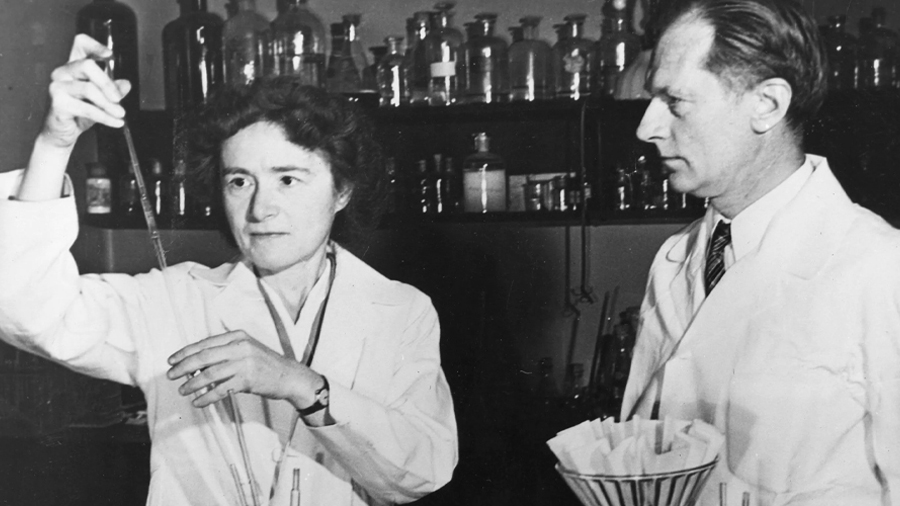
Meet the Nobel-winning biochemist who uncovered how the body stores and consumes sugars
I had heard of Gerty Cori, who shared the 1947 Nobel Prize in medicine and physiology for her and her husband’s work on glycogen, but this profile by Maggie Chen illuminated some touching moments in Cori’s life — most notably, the family story that her interest in glycogen storage stemmed from her father’s diabetes. Chen wrote the story for Massive Science, and we republished it. — Laurel Oldach, science writer
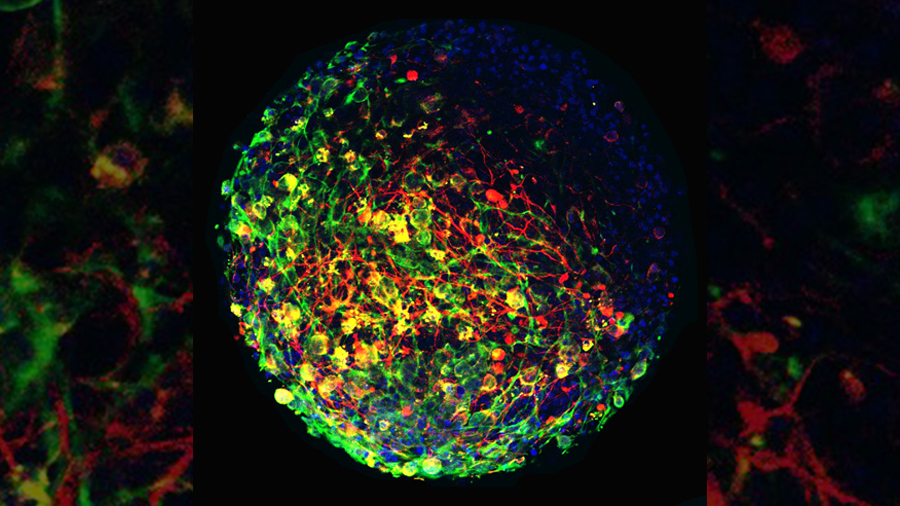
Alternatives to animals
Lisa Learman’s article is a great roundup of new technologies. One of my favorite quotes from the article: “Question the status quo.” — Ally Frick, social media & multimedia content manager
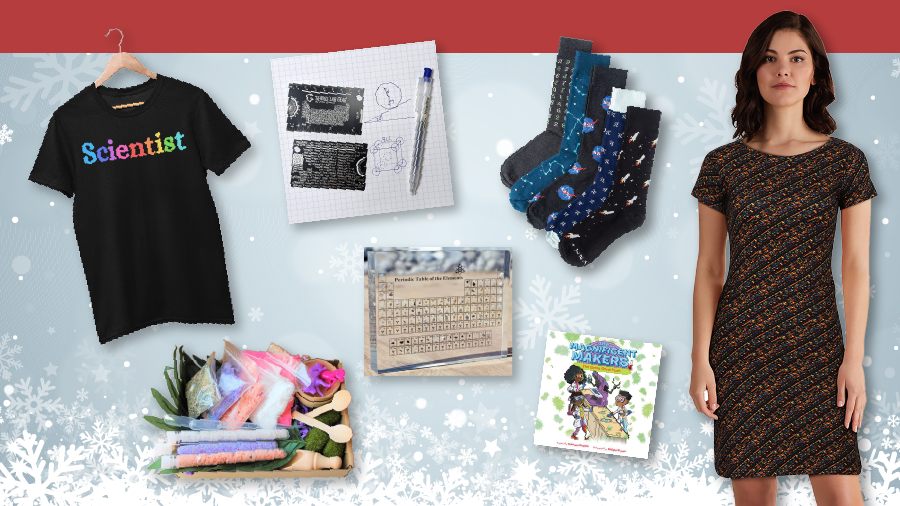
2021 holiday gift guide
Not strictly an article, I know, but this year’s big gift guide demonstrated the heft of a team effort. Two of our volunteer contributors teamed up with two ASBMB staff members to produce our biggest gift guide ever, full of wonderful ideas for every scientist of every age on your shopping list. With this list at your fingertips, you might want to start your 2022 holiday shopping right now. — Comfort Dorn, managing editor
Enjoy reading ASBMB Today?
Become a member to receive the print edition four times a year and the digital edition monthly.
Learn moreGet the latest from ASBMB Today
Enter your email address, and we’ll send you a weekly email with recent articles, interviews and more.
Latest in Opinions
Opinions highlights or most popular articles

How pediatric cataracts shaped my scientific journey
Undergraduate student Grace Jones shares how she transformed her childhood cataract diagnosis into a scientific purpose. She explores how biochemistry can bring a clearer vision to others, and how personal history can shape discovery.

Debugging my code and teaching with ChatGPT
AI tools like ChatGPT have changed the way an assistant professor teaches and does research. But, he asserts that real growth still comes from struggle, and educators must help students use AI wisely — as scaffolds, not shortcuts.

AI in the lab: The power of smarter questions
An assistant professor discusses AI's evolution from a buzzword to a trusted research partner. It helps streamline reviews, troubleshoot code, save time and spark ideas, but its success relies on combining AI with expertise and critical thinking.

How AlphaFold transformed my classroom into a research lab
A high school science teacher reflects on how AI-integrated technologies help her students ponder realistic research questions with hands-on learning.

Writing with AI turns chaos into clarity
Associate professor shares how generative AI, used as a creative whiteboard, helps scientists refine ideas, structure complexity and sharpen clarity — transforming the messy process of discovery into compelling science writing.

Teaching AI to listen
A computational medicine graduate student reflects on building natural language processing tools that extract meaning from messy clinical notes — transforming how we identify genetic risk while redefining what it means to listen in science.
